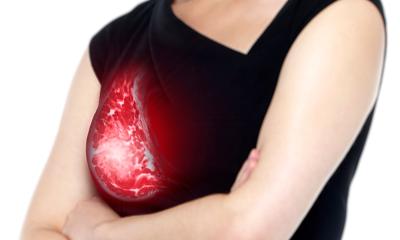WHO's FRAX incorporated into Hologic's bone densitometers
Led by Professor John Kanis, the World Health Organisation Collaborating Centre for Metabolic Bone Diseases, at Sheffield University Medical School, UK, developed FRAX. This algorithm is based on individual patient models that integrate the risks associated with clinical risk factors as well as bone mineral density (BMD) at the femoral neck to calculate a patient's 10-year fracture risk.
This September, the US Food and Drug Administration (FDA) granted clearance to Hologic to incorporate FRAX into its bone densitometer systems, and the firm has incorporated the technology into its Discovery and Explorer bone densitometer systems.
While the T-score remains the standard for diagnosing osteoporosis, FRAX combines eleven of the highest risk factors, including age, personal history of factures, and family history of fractures, plus country-specific life expectancy and country-specific fracture data, identifying patients at high risk of fracture, but who would not be candidates for preventive therapy using the T-score. ‘By incorporating the FRAX calculator into our bone densitometer systems, we dramatically alter and improve the way patients are evaluated and treated for potential bone fractures,’ explained Kevin Wilson PhD, Scientific Director at Hologic. ‘In the United States, the National Osteoporosis Foundation, in collaboration with many other physician groups, has issued guidelines recommending that a patient’s 10-year fracture risk calculated with FRAX be used by physicians to determine whether pharmacological treatment is indicated for prevention of bone fractures.’
*Hologic points out that upgrades to incorporate FRAX will be available for existing users of Discovery and Explorer bone densitometers.
28.10.2008










